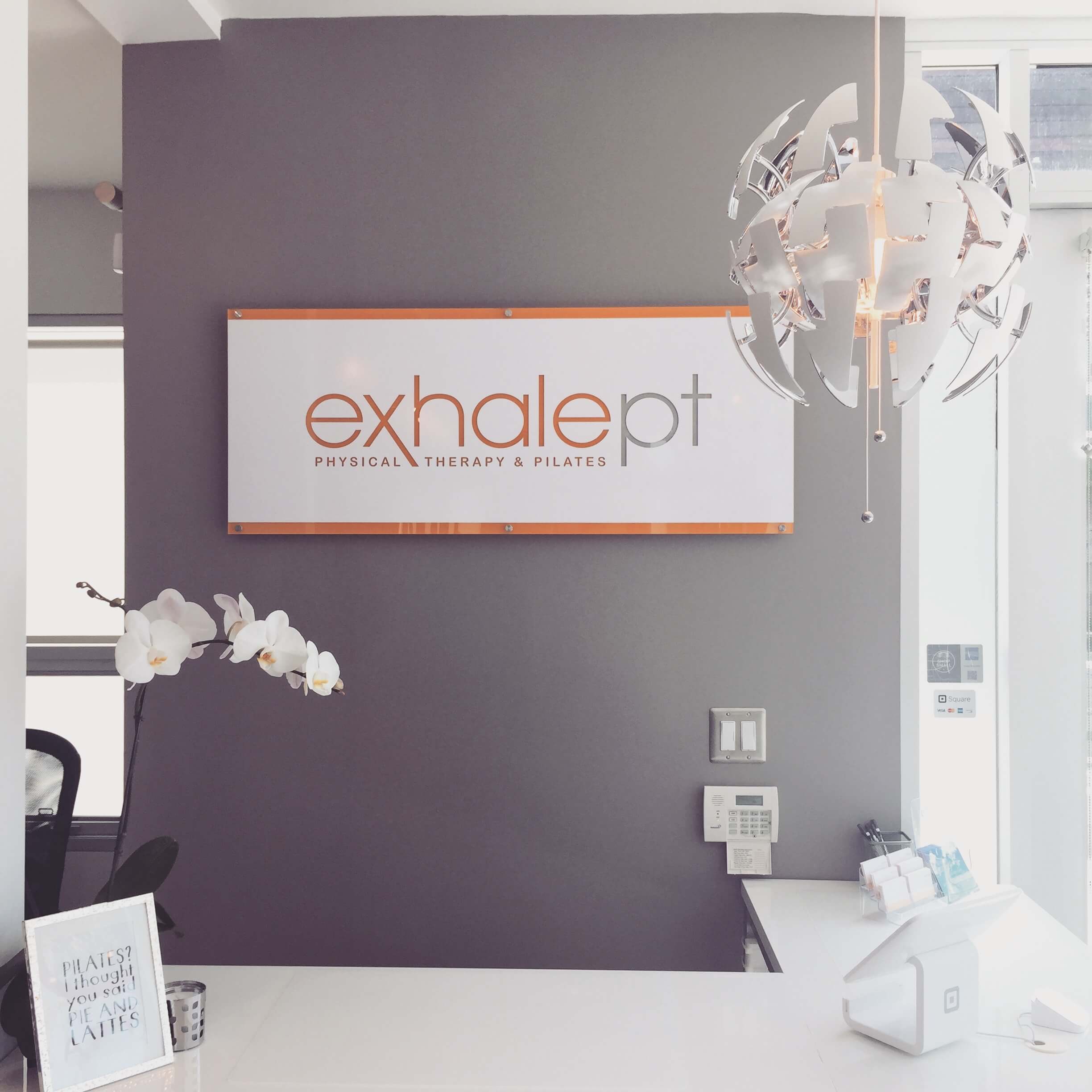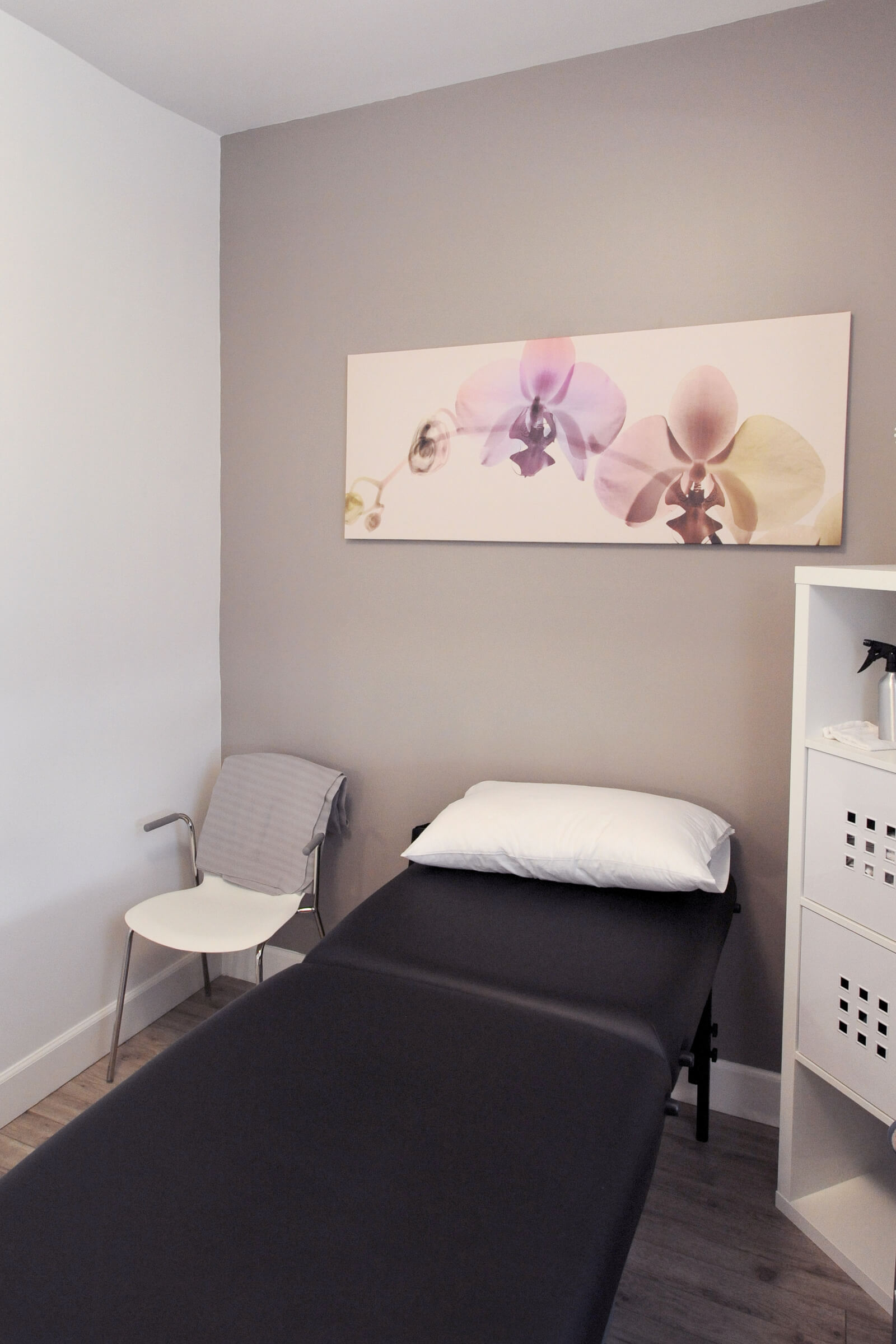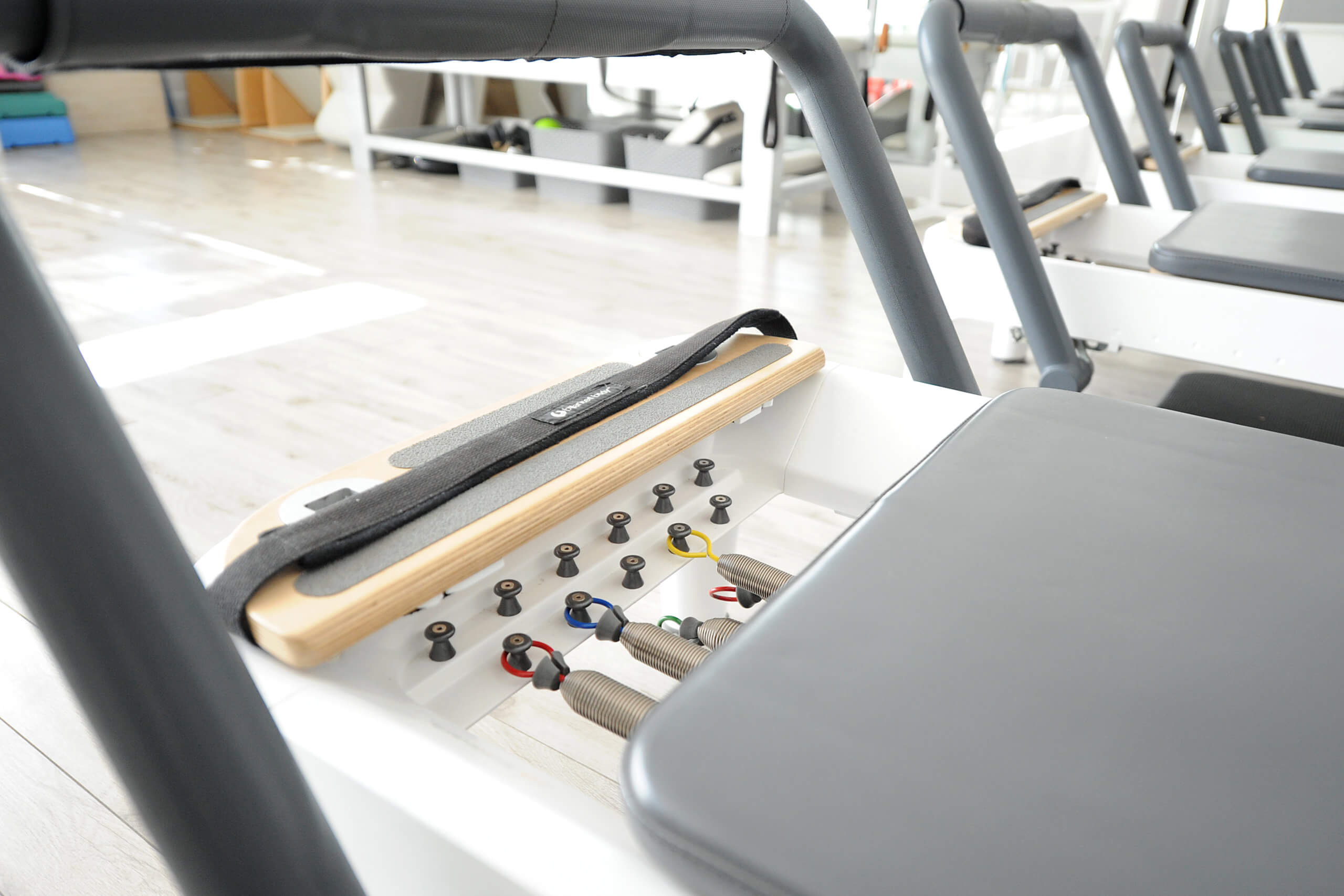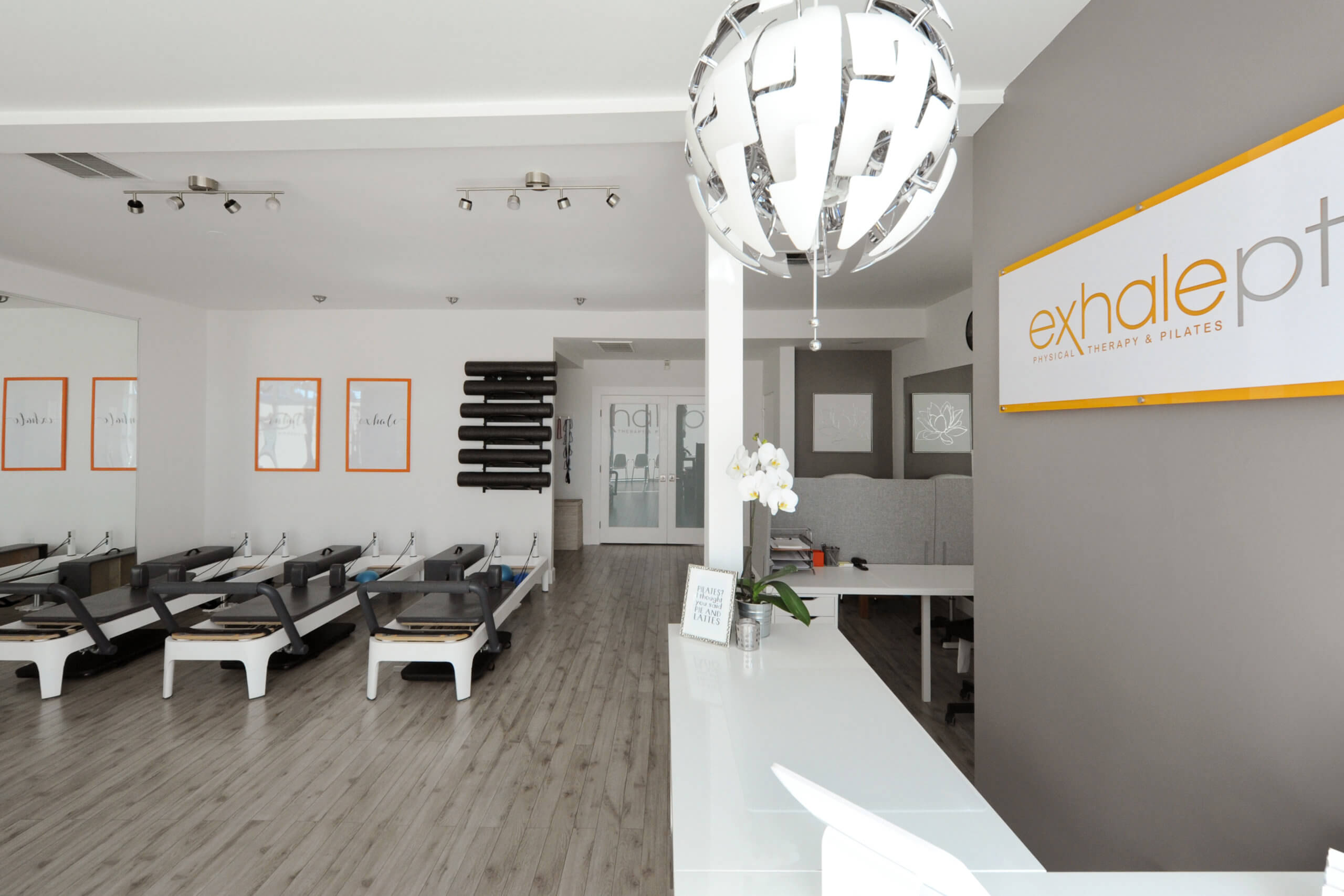Ready to Say Goodbye to Your Back Pains?
The American Physical Therapy Association states that back pain is the most commonly experienced form of pain for Americans.
In fact, one in every four Americans has sustained some sort of back pain in the past three months.
Chronic back pain is pain that persists for three months or longer. This type of pain can be due to a variety of reasons, including arthritis of the spine, aging, disc problems, and myofascial pain syndrome.
With arthritis of the spine, there is a slow thinning of the cartilage inside the spine which can cause pain.
A herniated or bulging disc may be compressing a nerve. With spinal stenosis, there is a narrowing of the spinal pain that can lead to nerve pain.
Myofascial pain syndrome is unknown muscle tenderness and pain. Whatever the cause of your chronic back pain, it doesn’t have to be a part of your daily life.
What will a physical therapy treatment plan look like for back pain?
A common treatment for back pain is medication, usually for pain manageability. Your physician may prescribe NSAID pain relievers, corticosteroids, or antibiotics for your back pain treatment. This is fine for short-term treatment, but if your pain persists, these medications can become harmful.
Medication is easy – you pop it in your mouth, chase it with water, and your pain subsides shortly afterward. However, over time they can also cause some unfavorable side effects, and in some cases, they can be habit-forming.
With NSAIDs, you run the risk of blood clots, heart attack, or stroke. With corticosteroids, you run the risk of cataracts, high blood sugar levels, and bone loss. Luckily, there is a much safer and healthier alternative to treating persistent back pain: physical therapy.
At your initial consultation, your physical therapist will ask you several questions regarding your medical history, lifestyle, and painful area(s). This information will assist your physical therapist in creating the best treatment plan for you and your specific needs, so you can be provided with long-term results.
After your consultation, your evaluation process will begin. Your physical therapist will examine you by assessing your posture, coordination, strength, balance, flexibility, blood pressure, and/or heart rate, depending on your pain and symptoms. This evaluation will be both manual and visual.
When you’ve completed your thorough evaluation, your physical therapist will then create your treatment plan, beginning with passive physical therapy and leading into active physical therapy.
You may also be given exercises to do at home, during your time away from treatments. This is all done in order to reduce pain, avoid further injury, and provide you with the quickest recovery time possible.
How can physical therapy help with chronic back pain?
If the back pain is due to spinal stenosis or a bulging disc, a physical therapist may initiate a repeated movement program to reduce numbness, pain, or weakness.
Progressive movement exercises like the McKenzie exercises may be included in the physical therapy treatment program. To treat a variety of causes of chronic back pain.
Stabilization exercises may also be included to retrain the deep muscles. Your physical therapist will show you how to use the right spinal and abdominal muscles before beginning any exercises to stabilize the spine.
Manipulation is another technique to alleviate chronic back pain. Short and rapid thrusting movements are done over a joint to reduce pain and increase mobility.
Multiple passive modalities are also used by a physical therapist to reduce chronic back pain. Heat and cold therapy may be used to increase blood flow, reduce inflammation and lessen pain. Ultrasound is a common passive modality that physical therapists utilize. Ultrasound uses sound waves for deep heating that penetrates the soft tissue.
Not only does this method alleviate back pain, but it also enhances the healing of the affected area. A transcutaneous electrical nerve stimulator (TENS) unit may be ordered by a physical therapist. This unit helps override painful signals sent to the brain.
It can be used at home and on a long-term basis. Deep tissue massage is another common treatment for chronic back pain.
This manual method increases oxygen and nutrients to the affected areas for healing and also helps reduce muscle spasms and stiffness.
What else should I know?
According to the NCBI,
“In chronic low back without serious pathology, recommended primary conservative physical treatment preferences include exercise, yoga, biofeedback, progressive relaxation, massage, manual therapy, physical therapy, and interdisciplinary rehabilitation.
A recent literature review with meta-analysis in patients with chronic lower back pain found moderate-to-high quality evidence that McKenzie exercises in physical therapy were superior to other rehabilitation interventions in reducing pain and disability.”
Ready to find relief?
If you’re suffering from chronic back pain, it’s time to take action. Go for an evaluation by a physical therapist.
A physical therapist will collaborate with your doctor and develop a personalized treatment plan targeted to your specific condition.
With both active and passive treatment methods, you’ll be on the road to reducing or eliminating your pain.
At the end of the road, you’ll be able to engage in your regular activities with reduced or no pain.
Source:
Tags: health, wellness, PT, naturalpainrelief, achesandpains, physicaltherapist, physicaltherapy, healthytips, healthandwellness










